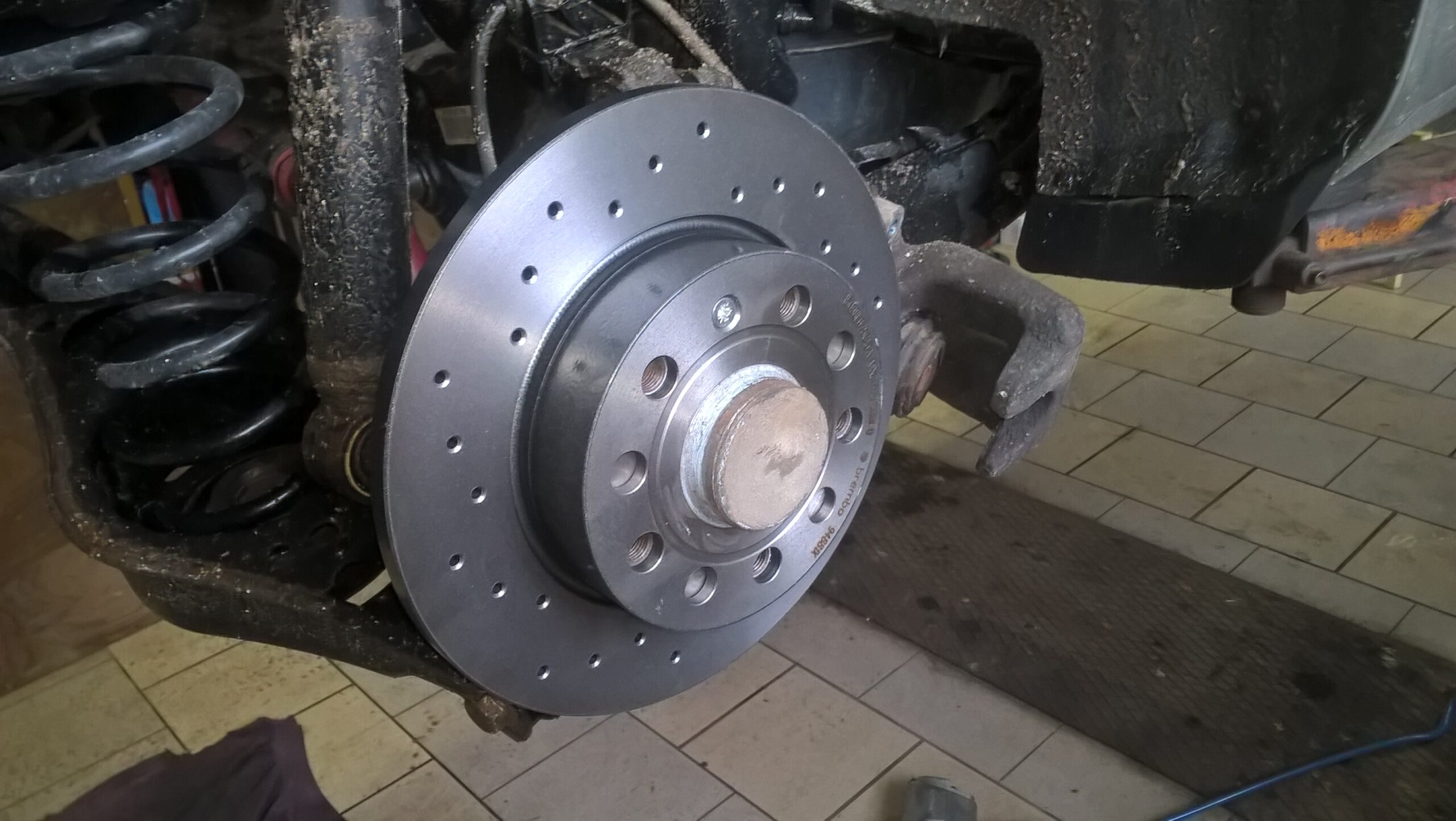After recent rear brake upgrade, I was like a kid in candy store. I couldn’t wait till I get back home into mountains and test my latest solution for safe braking in mountains.

RESULTS
- rear brakes finally brake (rear right slightly lagging)
- better than OEM
- Jurid White – I’ve strange feeling so far. It needs more testing
- Brembo drilled (most likely) high-carbon solid discs are great
- Almost optimal braking balance – front and rear brakes overheat simultaneously
- front brakes – optimal temp around 500°C; actual around 500°C
- rear brakes – optimal temp around 300°C; actual temp over 400°C
It is very easy to burn OEM brakes in Alps and I don’t have time for poor factory design. Also, it is deadly even at slow speed. NO BRAKES – NO LIFE.
I’ve driven over 500km with light breaking to let brake pads to set-in. Last few kilometres, I was increasing brake pressure before I give brakes hell. My testing ground consists of 15km uphill and 15km downhill section on abandoned alpine roads. Around 750m ascend and descent.
I was sceptical about Garret/Jurid. First, I don’t like manufactures who make everything and nothing right (most manufacturers these days). And second, philosophy “no dust and noise” is against motorsport wisdom “If it ain’t eating disc and no dust, it never brakes”.
I was disappointed after first run. Rear brake pads faded quicker than Ferodo Premium, I had on OEM solid rotors heat-shielded by winter tires. During standard street braking condition Jurid White pads aren’t bad.
After second run, I started to see a light at end of tunnel. Most likely pads weren’t bed properly and didn’t brake very well. Rear brakes started to fade later on but 300°C is optimal temperature for them (same as Ferodo Premium pads).
Rear right wheel still needs some work – refurbish of calliper or repeated bleeding process.
Ferodo DS2500 rear brake pads is next step.
Leave a Reply